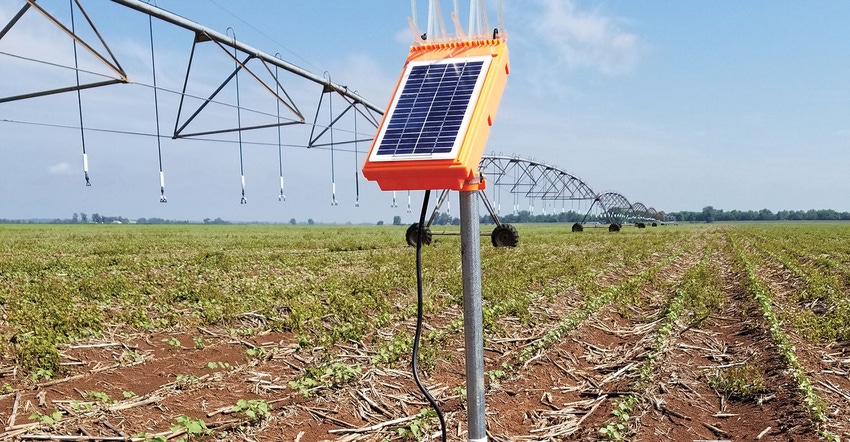
In the first two segments of this series on efficient, effective irrigation for Mid-South farms, Extension irrigation specialist Stacia Conger, LSU Red River Research Center, Bosier City, La., discussed the need for improved irrigation management, even in an area with usually abundant rainfall. She also discussed the tools and applications available to increase moisture management.
In part three, she looks at: Where do we go from here?
What more needs to be done?
I’ve identified two areas that will significantly help.
1) We need tangible irrigation research in the Mid-South. I am the Extension specialist, so I can perform very little research. Many irrigation demonstrations and specific products are coming from the other states. But we need good science through controlled research to fully understand irrigation here.
Currently we see no investment in it. I have high hopes for Mississippi’s new water center, though.
(2) We need irrigation training. Traditionally, irrigation has been a part of the Biological and Agricultural Engineering (BAE) departments across the country. Irrigation education continues to remain strong in areas where crop consultants work with irrigation and irrigation manager positions on farms (Midwest and states on both coasts), but it is not taught in Louisiana by any higher education program.
Ideally, the program would be designed as a concentration in a four-year degree (for crop consultants) or as a two-year program for farmers, farm hands, or anyone wanting to get basic, hands-on training for practical applications. A program like this would combine some basic engineering principles without the full engineering curriculum, and introductions to various technologies available.
Soil water holding capacity and infiltration rates change based on moisture status. How does it look going into 2019 planting?
We had plenty of winter rains that should have refilled deep storage from where we mined it out of the soil profile last year. If we continue to catch rainfall every one to two weeks, this should be a minimal irrigation year.
For infiltration, I anticipate continued problems relating to compaction due to many factors, including: working the soil when wet, inability to plant cover crops this past winter, and failure to fix compaction issues from previous years.
How will temperature, a hot summer for instance, affect irrigation efficiency?
Soil moisture should be maintained closer to field capacity to minimize heat stress. Hot and dry? You would benefit from shorter, more frequent irrigation events. Hot and wet? This is where irrigation scheduling is a benefit and a sensor investment would be good here. It will help you decide whether you can wait until the next rain.
Soil health should be considered. What are the concerns? How to improve?
Irrigation efficiency and effectiveness are highly dependent on soil texture and structure, both of which benefit from improving soil health. Specifically, the combination of increasing organic matter (some residue management, mostly cover cropping) while maintaining soil structure from no-till practices can add water storage capacity in the root zone, increase infiltration, and reduce soil sealing.
We have not seen widespread success because farmers selected one practice only or were not able to perform both practices consistently. You need both over the long-term for it to work.
In your presentation at the LATMC, you reported that surging irrigation was necessary to have the most effective irrigations. What upgrades are needed to add surge?
When surge irrigation was heavily promoted by other Mid-South universities over the last decade, they advised purchasing surge valves. Valves automate the process, changing very little of the time commitment for irrigation by the producer. However, each valve maxes out at about 40 to 60 acres at around $3,000 per valve, so we have had quite a bit of feedback about the expense.
When I talk about surge irrigation, I make the point that it does not require a surge valve if you can put in a bit of labor. Switching irrigation between two sets every four to six hours (for example) accomplishes the same goal. The more frequent you can surge, the more benefits you gain from surging. The surging I discussed was done manually, without a valve.
I’ve gotten very few calls about sensors this past winter, but I’ve gotten quite a few about computerized hole selection. I may get more as producers start installing next month. I look forward to helping where I can.
About the Author(s)
You May Also Like






